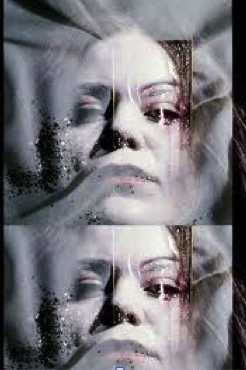Search This Blog
women in film & media
Production, distribution, reception
of films
Posts
Maria Klonaris, Greek experimental artist, passes away in Paris January 13.
- Get link
- Other Apps
Kimberly Peirce draws blood in 'Carrie' update
- Get link
- Other Apps
Stacie Passon's 'Concussion' heats up the same sex suburbs
- Get link
- Other Apps
Pasolini film series closes with passionate panel at Italian Cultural Institute
- Get link
- Other Apps


